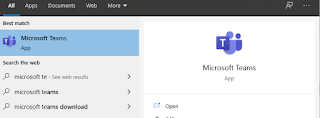When implementing Problem Management I have always started with reactive activities to blitz any potential quick wins. The first things I have done in the past when implementing Problem Management are as follows:
(1) Create a way of logging Major Incidents. If I don’t have a Service Management toolset, I use MS Office, for example, a word document to capture the detail and a spreadsheet to track the reference numbers, dates and summary details.
(2) Create a way of logging Problems and any associated reports in a similar way for tracking Major Incidents (above)
(3) Look at categorisation and prioritisation
(4) Create basic reports / metrics to provide a summary of Major Incident & Problem Management activity to all stakeholders.
(5) Set up Problem Review Boards. These are regular meetings with all stakeholders to review and progress all outstanding Problem records.
(6) Engage with the Service Desk and establish clear roles and responsibilities.
(7) Engage with Change Management and attend the CAB to give and receive updated on Problem Management related Change activity.
(8) Look at Problem open / close criteria
I will focus on each of these items in later posts.
Subscribe to:
Post Comments (Atom)
Microsoft Teams 101
One of the things I've been asked about most this week has been how to use Teams for meetings. Teams is basically Microsoft's replac...

-
I will be presenting at this year's itSMF Conference in London. Below is the Major Incident template form I'm planning to include as...
-
So here's the thing. No one likes major incidents; by their very definition they are the serious stuff. But there is something that’s...
-
Hi All, I’ve just chaired an itSMF UK Transition Mgt Working Party meeting and one of the agenda items was ideas for future collateral. Som...

Vawns,
ReplyDeleteI always like reading these, would be good to start with a problem definition of what would create a problem and how you identify a problem ticket.
hope you are well and keep writing.